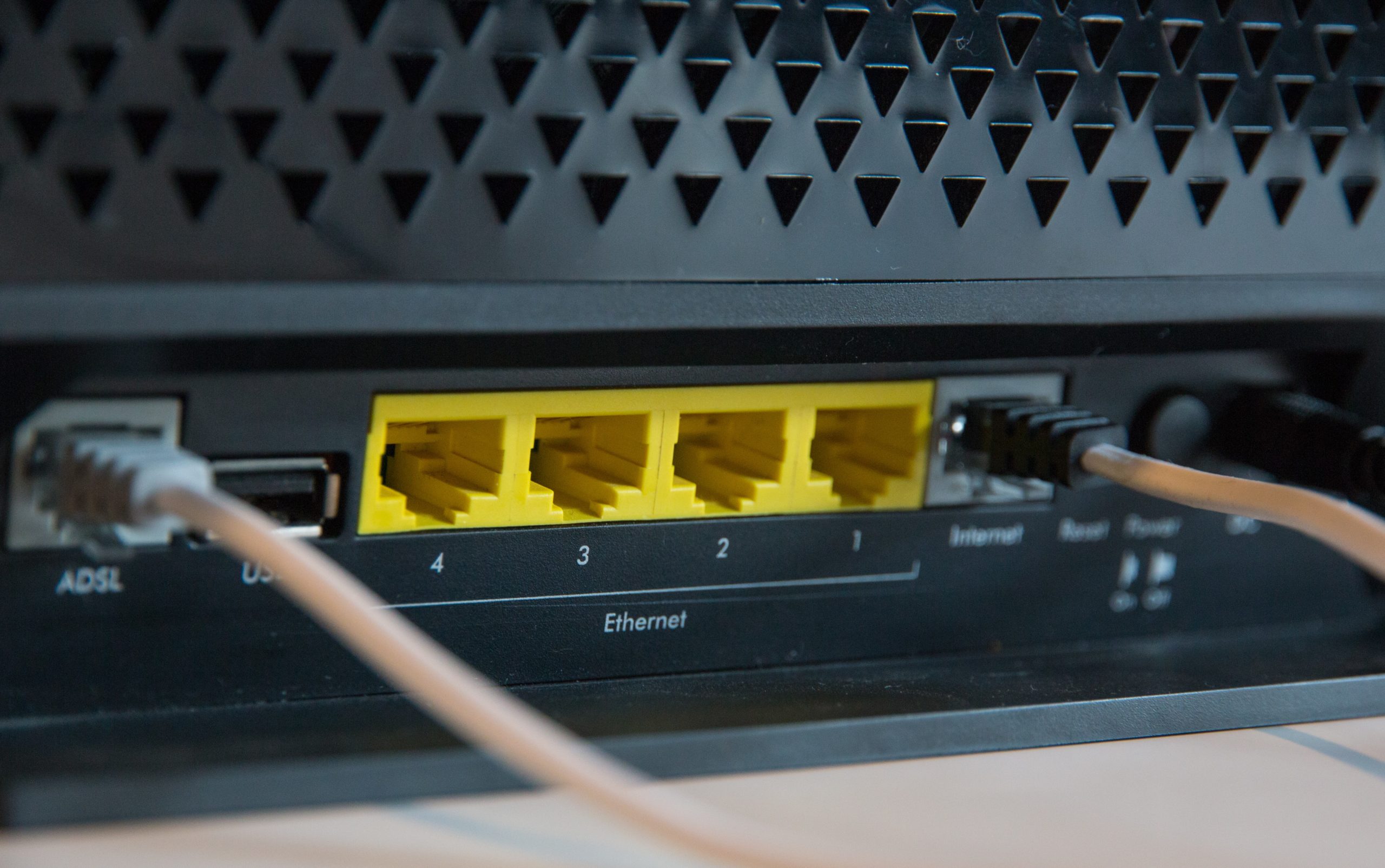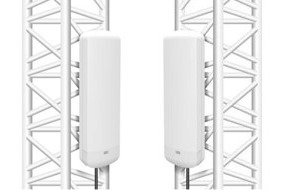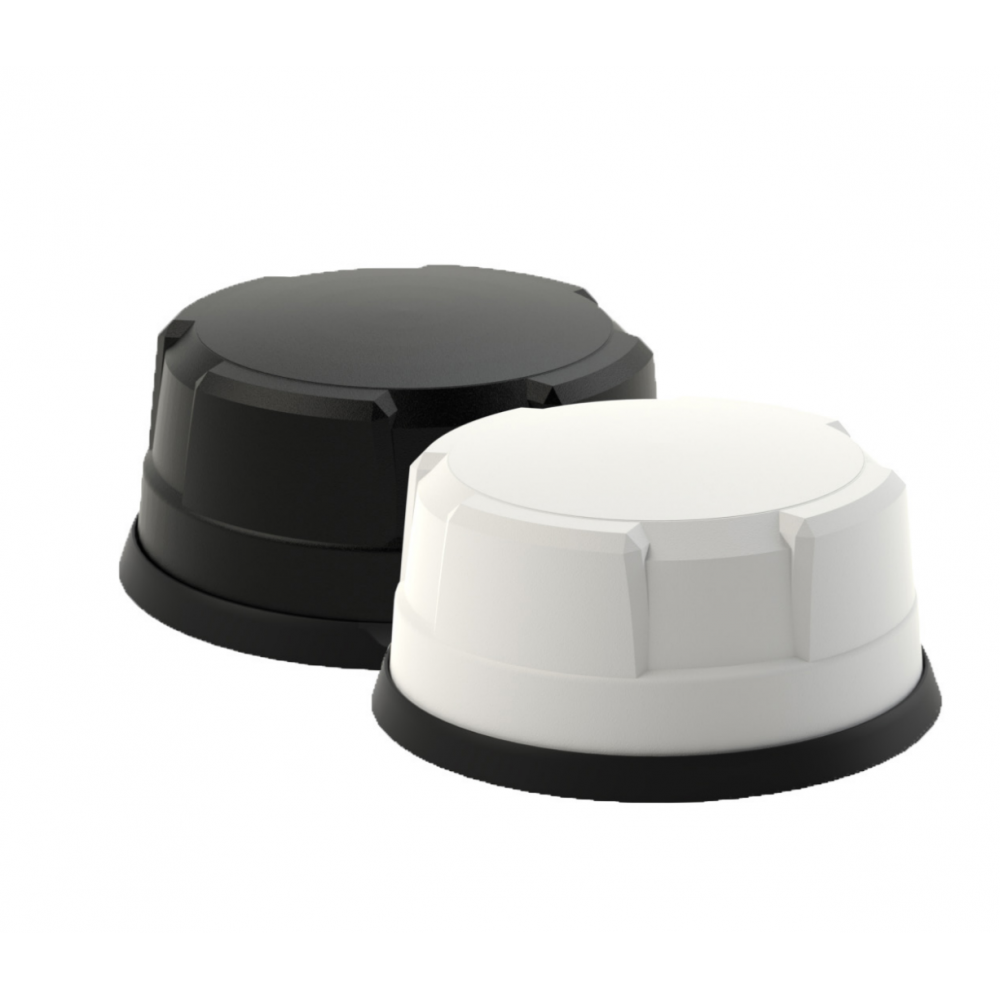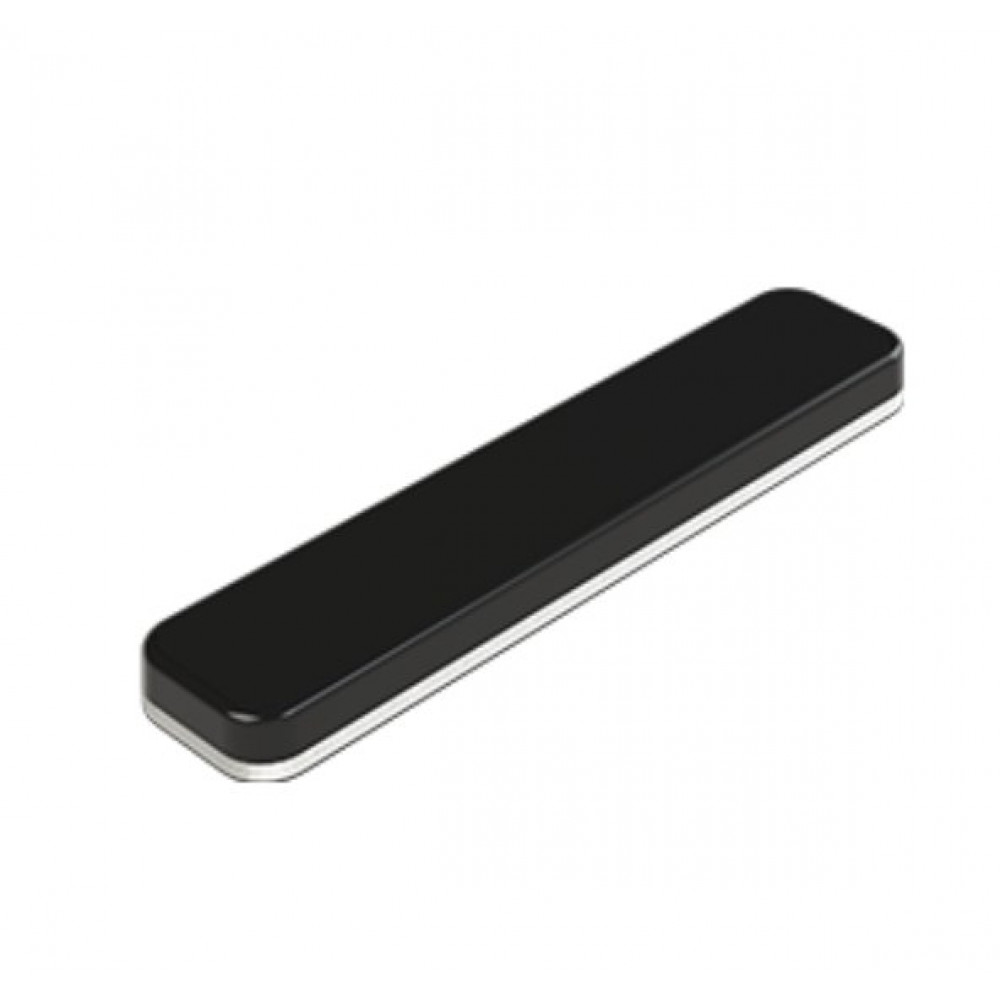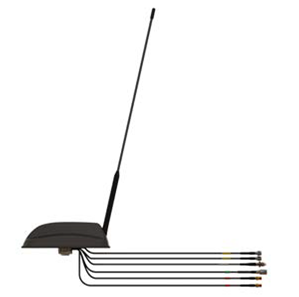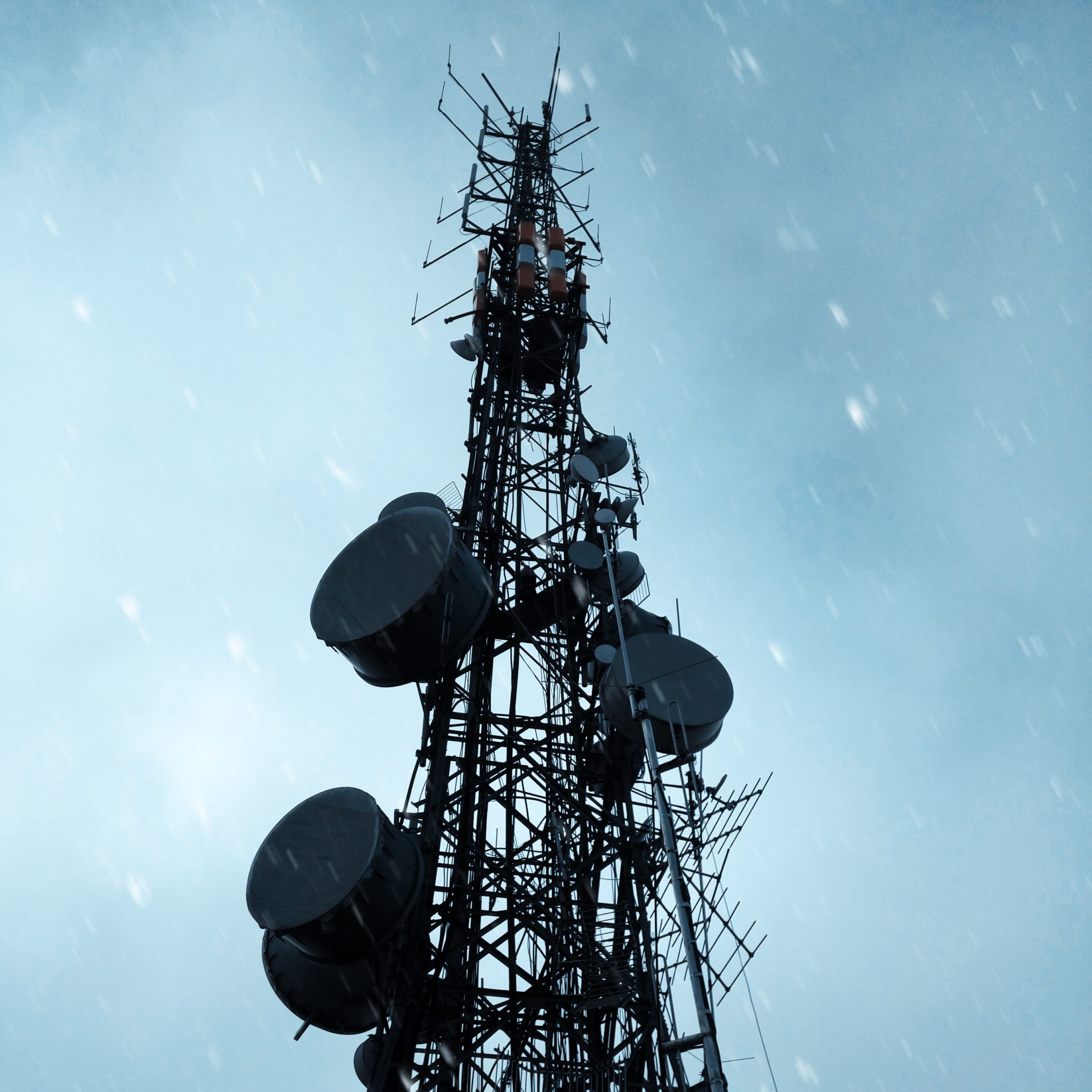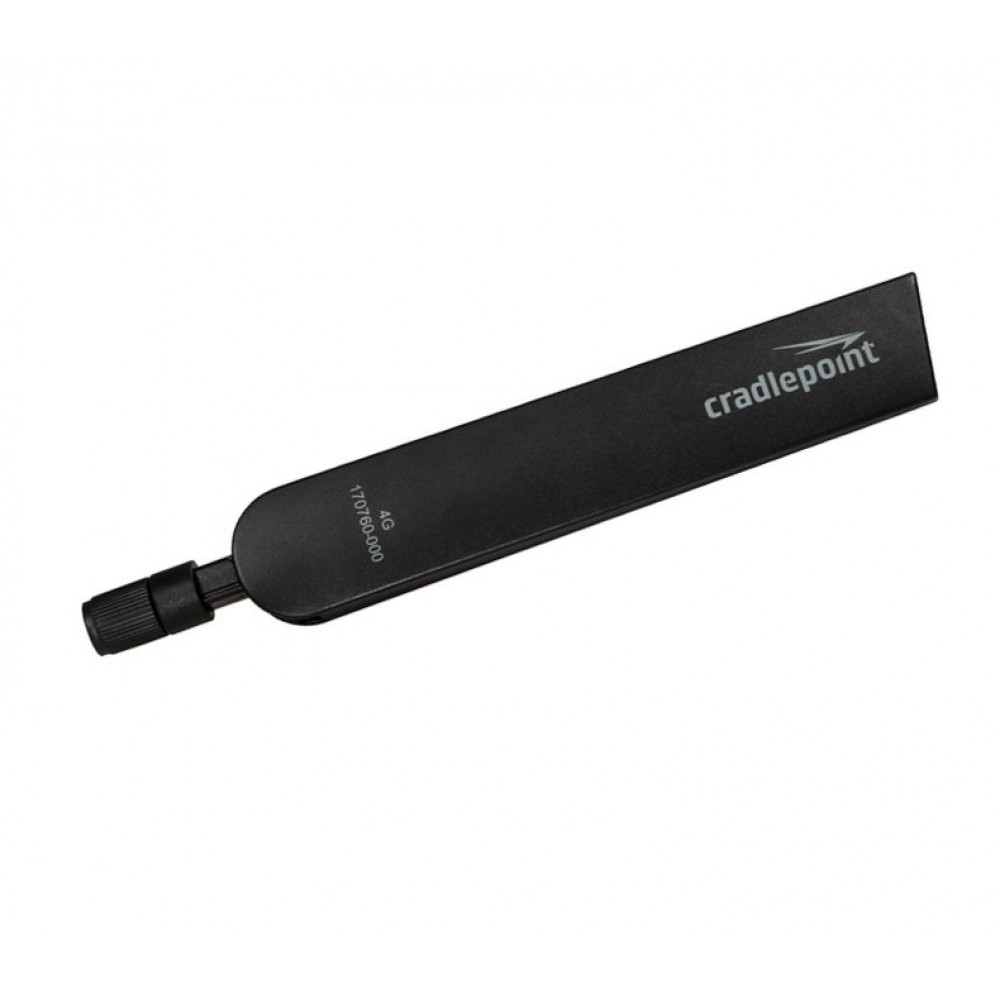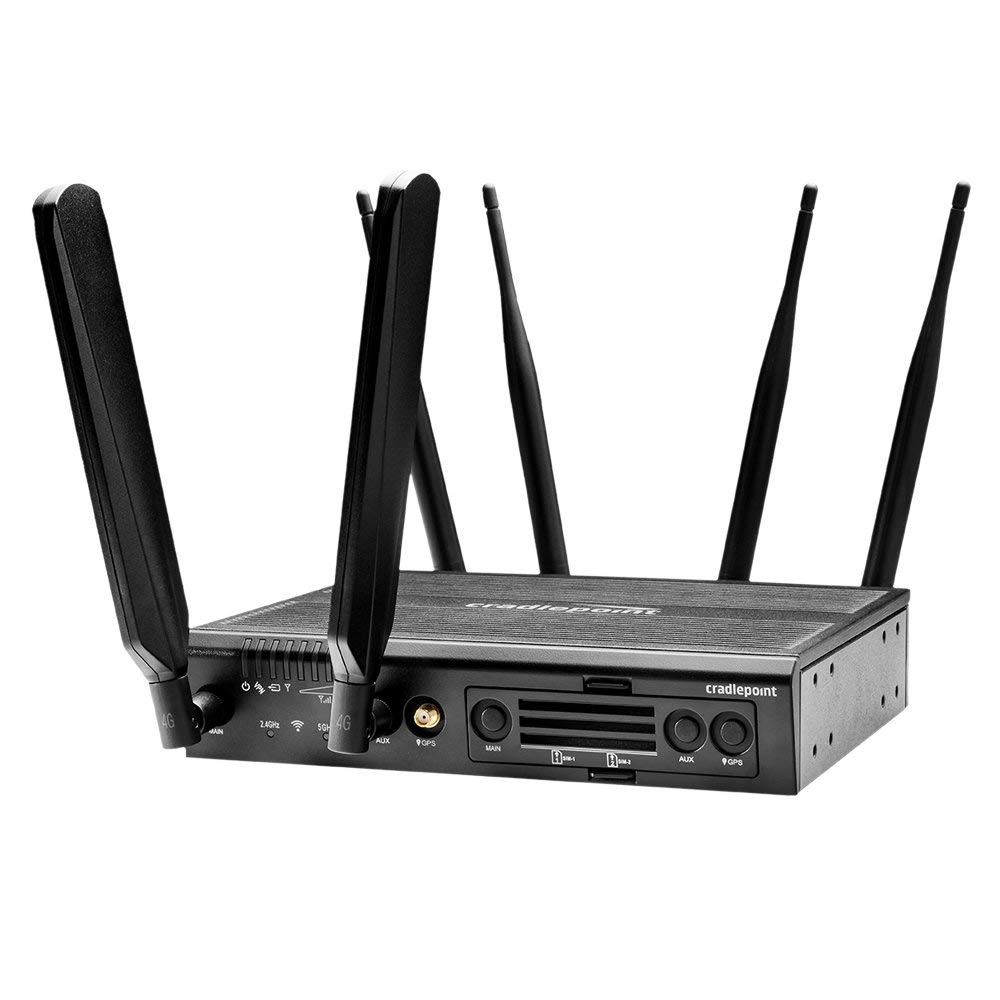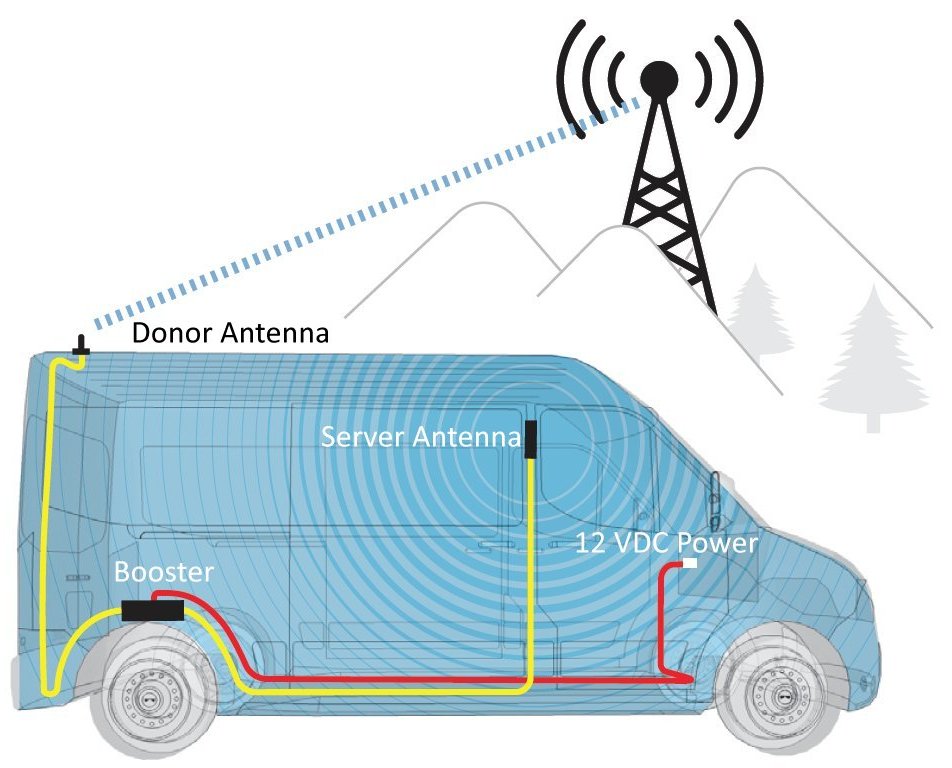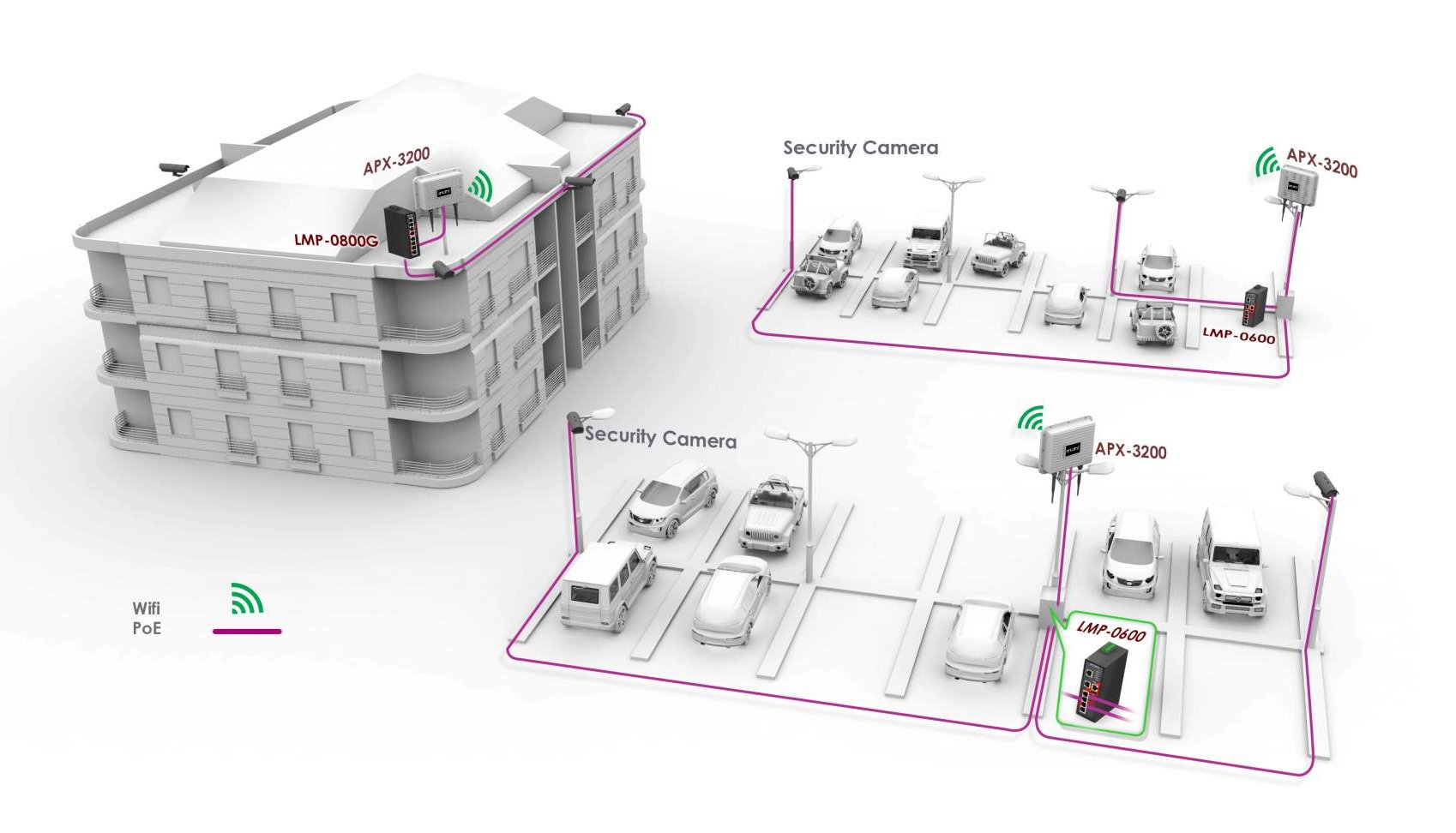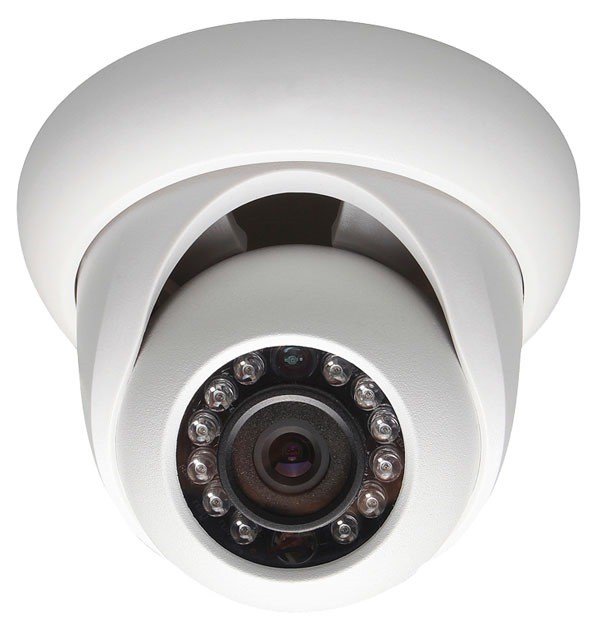As our use of interconnected devices increases, cost and complexity rise too. If you find your equipment set up in a space that doesn’t have ample outlets or network connections, PoE (Power over Ethernet) technology may be a convenient solution. Power over Ethernet technology transmits electric power and data simultaneously over a single network cable. This helps teams to install devices in places that lack power.
Continue reading…PoE, PoE+, and PoE++ Explained
